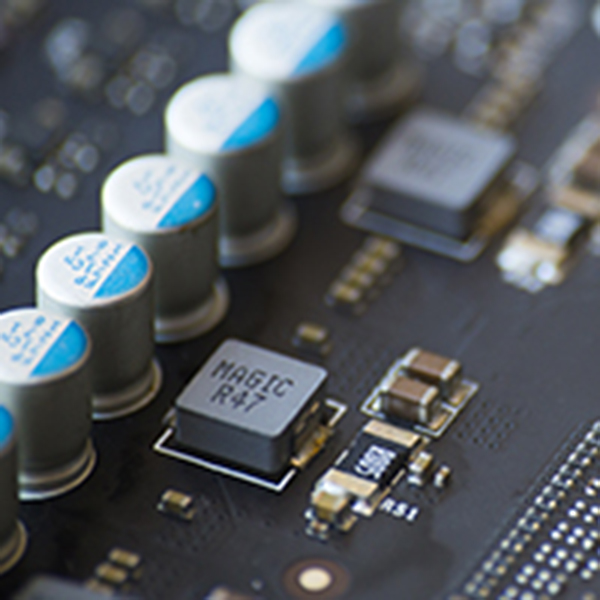Circuit resistors are an essential component of electronics that play a crucial role in controlling the flow of electric current. They are used to limit the current, divide the voltage, and adjust signal levels in electrical and electronic circuits. In this blog, we will explore the significance of circuit resistors and their various applications in the field of electronics.
Resistors are passive two-terminal electrical components that implement electrical resistance as a circuit element. They are commonly used in electronics to create precise values of electrical resistance. Resistors are essential in a variety of electronic applications, including voltage division, current limiting, and signal conditioning. They also play a crucial role in filtering, biasing, and terminating signals in electronic circuits.
One of the primary functions of circuit resistors is to limit the amount of current flowing through a circuit. This is achieved by implementing the Ohm’s law, which states that the current flowing through a conductor between two points is directly proportional to the voltage across the two points and inversely proportional to the resistance between them. By placing the resistor in series with the electrical load, it effectively limits the amount of current flowing through the circuit, preventing damage to the load and other components.
In addition to current limiting, circuit resistors are also used for voltage division. By connecting resistors in series or parallel, the input voltage can be divided into specific ratios, allowing for precise control of the output voltage. This is particularly useful in voltage scaling applications, where the voltage needs to be adjusted to match the requirements of different components within the circuit.
Furthermore, circuit resistors are crucial in signal conditioning applications, where they are used to adjust signal levels and impedance matching. By implementing the appropriate resistor values, the signal amplitude and impedance can be optimized to match the requirements of the connected components, allowing for seamless signal transmission and processing within the circuit.
Another important application of circuit resistors is in filter and biasing circuits, where they are used to control the frequency response and bias current of electronic circuits. By implementing resistors in combination with capacitors and inductors, various types of filters, such as low-pass, high-pass, band-pass, and band-stop filters, can be created to selectively pass or reject certain frequency components of the input signal.
Moreover, resistors play a crucial role in biasing the transistors and other semiconductor devices within electronic circuits. By setting the appropriate biasing voltage and current levels using resistors, the performance and stability of the electronic components can be optimized, ensuring reliable operation and preventing damage to the components.
In addition to the aforementioned applications, circuit resistors also find use in terminating transmission lines, setting time constants in timing circuits, and controlling the gain and offset of amplifiers and operational amplifiers. Overall, resistors are indispensable in shaping the behavior of electronic circuits and are an integral part of modern electronics.
In conclusion, circuit resistors are essential components in electronics that play a crucial role in controlling the flow of electric current, dividing voltage, and adjusting signal levels within electronic circuits. They are used in a wide range of applications, including current limiting, voltage division, signal conditioning, filtering, biasing, and impedance matching. As such, understanding the significance of circuit resistors and their various applications is essential for designing and implementing effective electronic circuits.
Post time: Jan-26-2024

